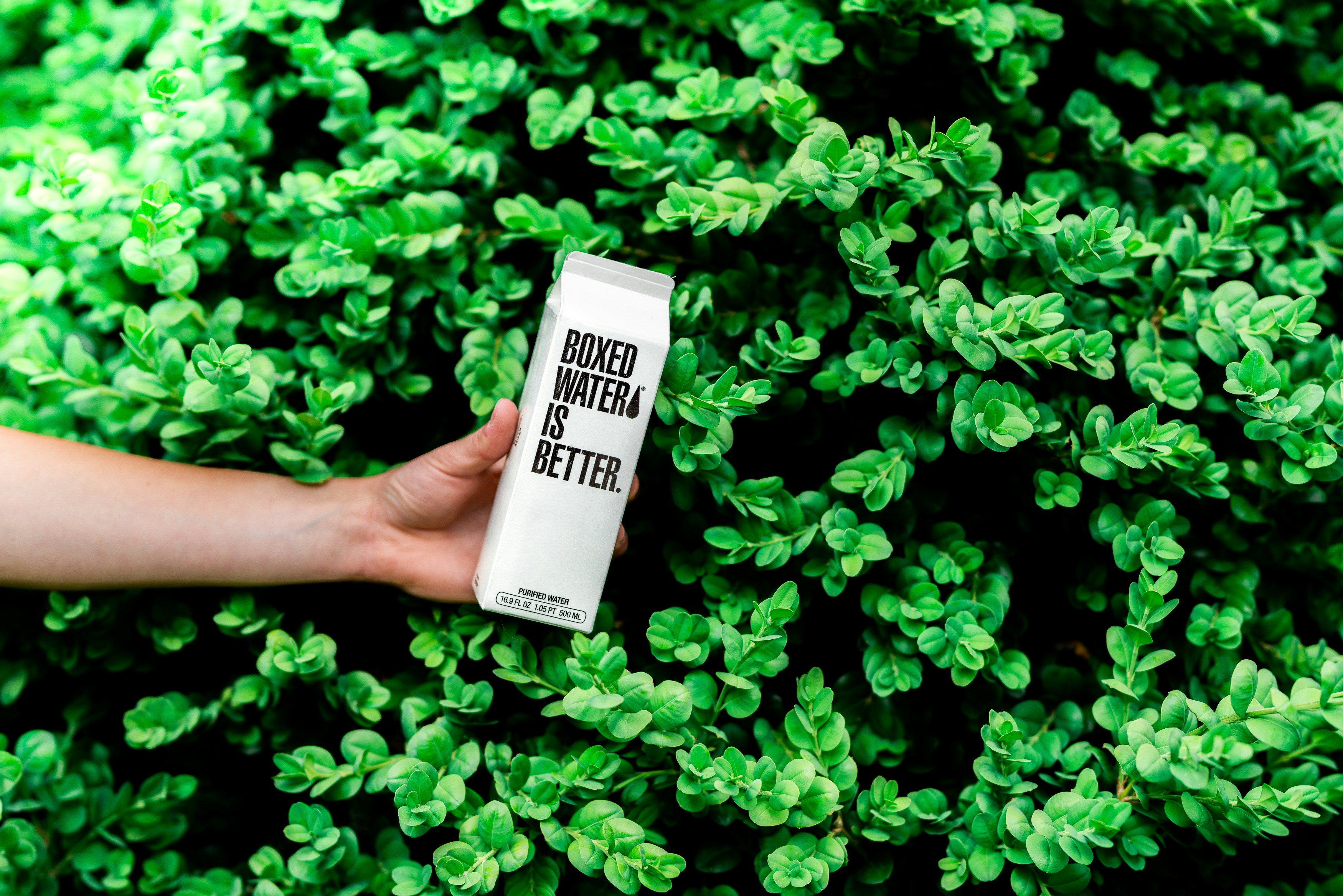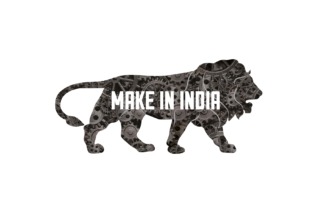In an era where every choice carries environmental weight, design has taken on a responsibility far beyond aesthetics. From the packaging we unwrap to the products we use daily, sustainability is no longer optional — it is integral. Businesses and designers alike are discovering that the most compelling designs are those that honor both form and the planet.
Why Sustainable Design Matters
Sustainable design is about creating products that minimize environmental impact at every stage of their lifecycle. It begins with the materials and extends through production, packaging, use, and eventual disposal. The stakes are high: unsustainable practices contribute to pollution, deforestation, and climate change. Consumers are aware of this and increasingly expect brands to act responsibly. Sustainability isn’t just ethical — it can also be smart business, often reducing waste and improving efficiency over time.
Principles for Creating Eco-Friendly Products
Use sustainable materials
Choosing renewable, recyclable, or biodegradable materials is the first step. The material itself becomes part of the story — one that resonates with conscious consumers.
Consider the entire lifecycle
Every stage matters. From sourcing to disposal, understanding the lifecycle reveals opportunities to minimize environmental impact and create products that are thoughtful from inception to end-of-life.
Reduce packaging waste
Packaging is often overlooked yet contributes significantly to global waste. Designers can minimize packaging, favor biodegradable options, or create reusable solutions that add value beyond the product itself.
Choose energy-efficient manufacturing
Production consumes energy and resources. Opting for energy-efficient processes reduces emissions and operational costs while reinforcing a brand’s commitment to sustainability.
Design for durability
A product built to last avoids premature replacement and waste. Quality materials, modular design, and repairable components all extend a product’s life and deepen consumer trust.
Consider transportation emissions
Where materials come from and how products travel matters. Lightweight, locally sourced designs reduce emissions, while thoughtful logistics optimize the journey from factory to consumer.
Test, refine, and iterate
Sustainability is a moving target. Conduct life cycle assessments, gather feedback, and continually improve. The most successful designs are never truly finished — they evolve to become more responsible, efficient, and relevant.
Design that embraces sustainability is more than a trend. It is a reflection of values, a bridge between consumer expectations and environmental responsibility, and a chance to create products that endure both physically and ethically. Every material choice, every production decision, and every detail of packaging becomes part of a larger conversation — one where design speaks for a future that is thoughtful, intentional, and in harmony with the world we inhabit.





